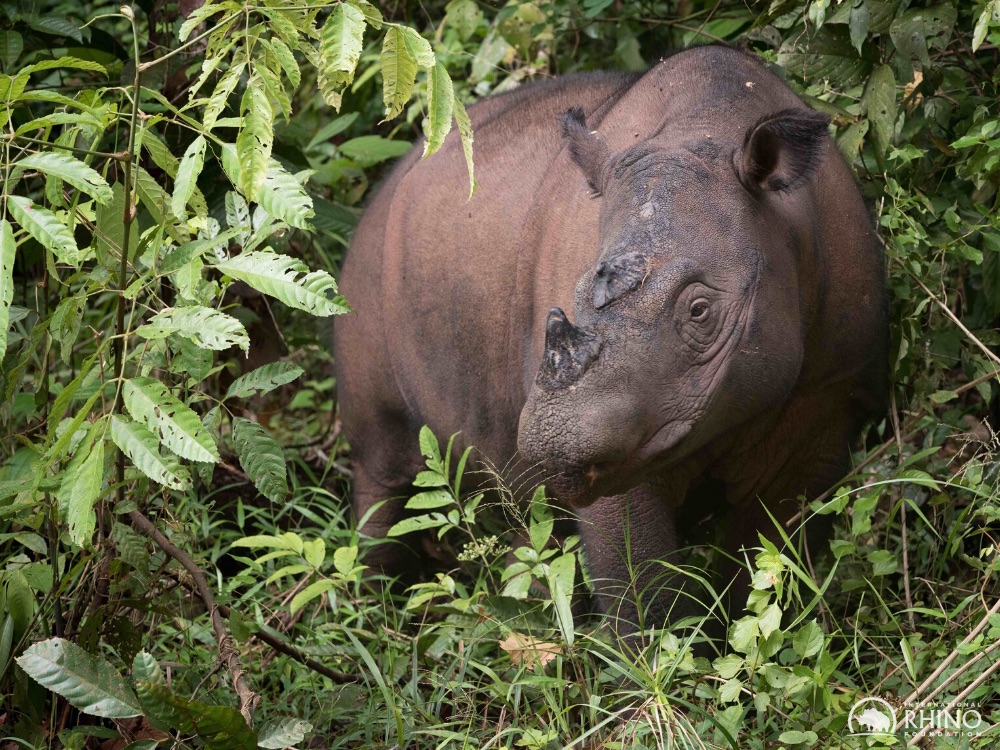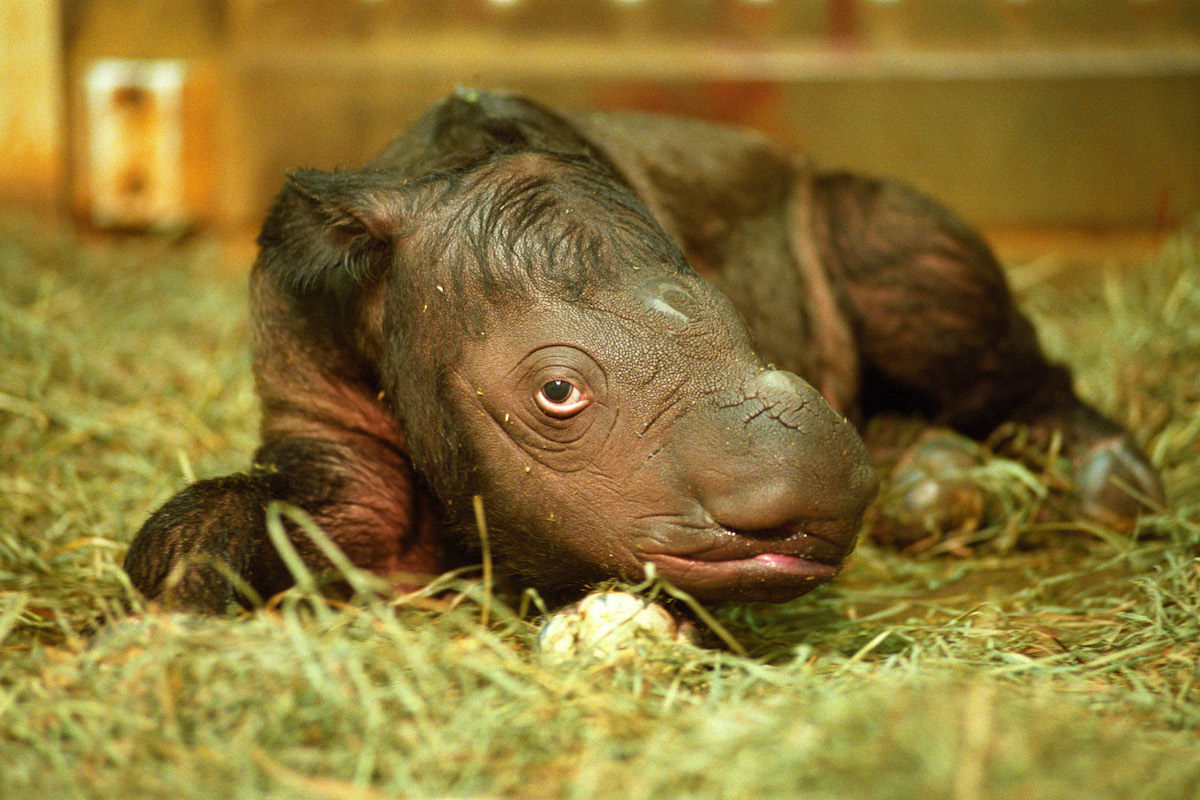- A project in Spain is bringing Przewalski’s horse to a sparsely populated region to help stem out-of-control fires and boost the local economy.
- Rewilding Spain is attempting to rebuild ecological roles in the region to boost biodiversity and mitigate fire outbreaks.
- The project is helping the local economy by employing locals and working with tourist operators.
Some 30,000 years ago, Stone Age people decorated a cave, today known as Cueva de los Casares, in central Spain with pictures of mating humans (most famously), geometric shapes, and animals. The most popular carved animal is the wild horse.
Cueva de los Casares sports at least two dozen images of wild horses. Eventually, these Pleistocene-epoch horses vanished — likely slaughtered for food or domesticated. But some 10,000 years later, wild horses have again returned to central Spain — this time to help with out-of-control fires and bring economic opportunity to a struggling region.
In 2023, Rewilding Spain, apart of Rewilding Europe’s network, brought in the first 16 Przewalski’s horses (Equus ferus przewalskii) from France to the highlands of Spain’s Guadalajara province, one of the least populated parts of the country. Once extinct in the wild, Przewalski’s horse is the last fully wild horse in the world, genetically distinct from all domesticated horses. Originally from Mongolia, they’ve been rewilded to a number of countries in Europe.
“It was an amazing feeling … to bring these animals here,” says Pablo Schapira, team leader with Rewilding Spain. Before returning to his home country, Schapira spent a dozen years in Africa working with the NGO African Parks, including on species reintroductions.
He says doing reintroductions in his home country “was amazing because I didn’t think it was possible.”
Today, the project has 35 Przewalski’s horses.
And it’s not the only species brought back by Rewilding Spain. The team also brought in Taurus cattle. Developed by the Taurus Project, these cattle are meant to be as similar as possible to the extinct aurochs (Bos primigenius) that once roamed much of Europe, Asia and North Africa. In addition to Przewalski’s horse and the taurus, the project also has a number of semiwild horses.
“At some point in prehistory, these animals began to decrease in number, to retreat, and livestock farming appeared … which in a certain way replaced their role,” says Diego Rodriguez, the monitoring manager of the project.
But in the last century people largely gave up on farming; the population shrank as most people moved away to the big cities for opportunities.
Bringing back lost ecology to fight fires
In July 2005, a devastating fire spread across part of the region, burning up 13,000 hectares (more than 32,000 acres) and killing 11 locals attempting to battle the blaze.
“With climate change we are going to have more and more fires,” Rodriguez says.
Rewilding Spain says Przewalski’s horses, taurus and wild horses could help regulate the severity of fires in an age of climate crisis. But how? Simply by filling their ecological roles — in some cases, roles lost for tens of thousands of years.
Despite all of these animals being herbivores, each of them, combined with local deer, plays a unique role in the ecosystem, creating ecosystem heterogeneity and niches for greater diversity.
“It is important to look at the roles of everyone in the landscape and see that there are different levels and different roles,” Schapira says.
The horses, for example, almost solely eat grass, including tall grass that many other animals are incapable of devouring, Schapira says. Deer, already a part of the landscape, are not capable of eating the long grass, but instead crop short grass.
“You need the horses to shorten the grass,” Schapira says, otherwise the long grass spreads, giving fire an easy way to move across the landscape.
Next come the taurus. “What the horse doesn’t do, and neither do the deer, is to open the areas,” Schapira says.
The semiwild taurus can replace the domestic cattle that had once been here for centuries, before farming was abandoned.

“Nobody wants to keep doing extensive livestock because it’s a tough life, because it’s not really profitable,” Schapira says. “It’s difficult to compete with the big farmers.”
The Taurus, bigger, wilder and hardier than their domesticated cousins, eat branches and scrub, and are capable of pulling down small trees and digging the earth with their horns.
“They’re like a bulldozer, you know?” Schapira says. They can turn standing young forest into savanna.
Together, these herbivores create a multifaceted and complicated landscape, one that houses grasslands, savanna, including tall trees, and upland forests. This creates new niches for biodiversity, including for insects, birds and reptiles. It also creates a more difficult landscape for fire to tear through.
“Fire is part of the system as well,” Shapira says. But due to decades of overgrowth — because of a lack of megafauna — and fire suppression, the fires are now more intense and far more dangerous than they used to be. Add climate change and you have an explosive mix.
Schapira says they’re seeing the impact of climate change here in the temperature: The summers have become hotter and the winters, which are the coldest in Spain, are also warming. They’re also seeing a decrease in rain. Hotter and drier summers make explosive fires more likely.
Adding megaherbivores back into the landscape, at least, changes one part of the fire equation.
“By healthy landscape, we mean one that is not homogeneous, that is diverse, that can stop a fire because you have a pasture here, a cultivated field there … not a continuous closed woody vegetation,” Rodriguez says.
With various types of herbivores tackling different types of vegetation, fire is less likely to burn as intensely or spread as far. By chewing up the tall grasses, the horses make natural fire breaks in the grasslands, and the taurus decrease standing vegetation loads by destroying and thinning trees.
Currently, Rewilding Spain has grazing rights over 23,000 hectares (nearly 57,000 acres); under current Spanish law, the animals are considered livestock, not wildlife. The group says it hopes to have 30,000 hectares (about 74,000 acres) by 2030. But its ambitions are far greater.
“The aim of Iberian Highlands is to have an impact on 850,000 hectares,” Schapira says, or 2.1 million acres, an area about a fifth the size of Switzerland.
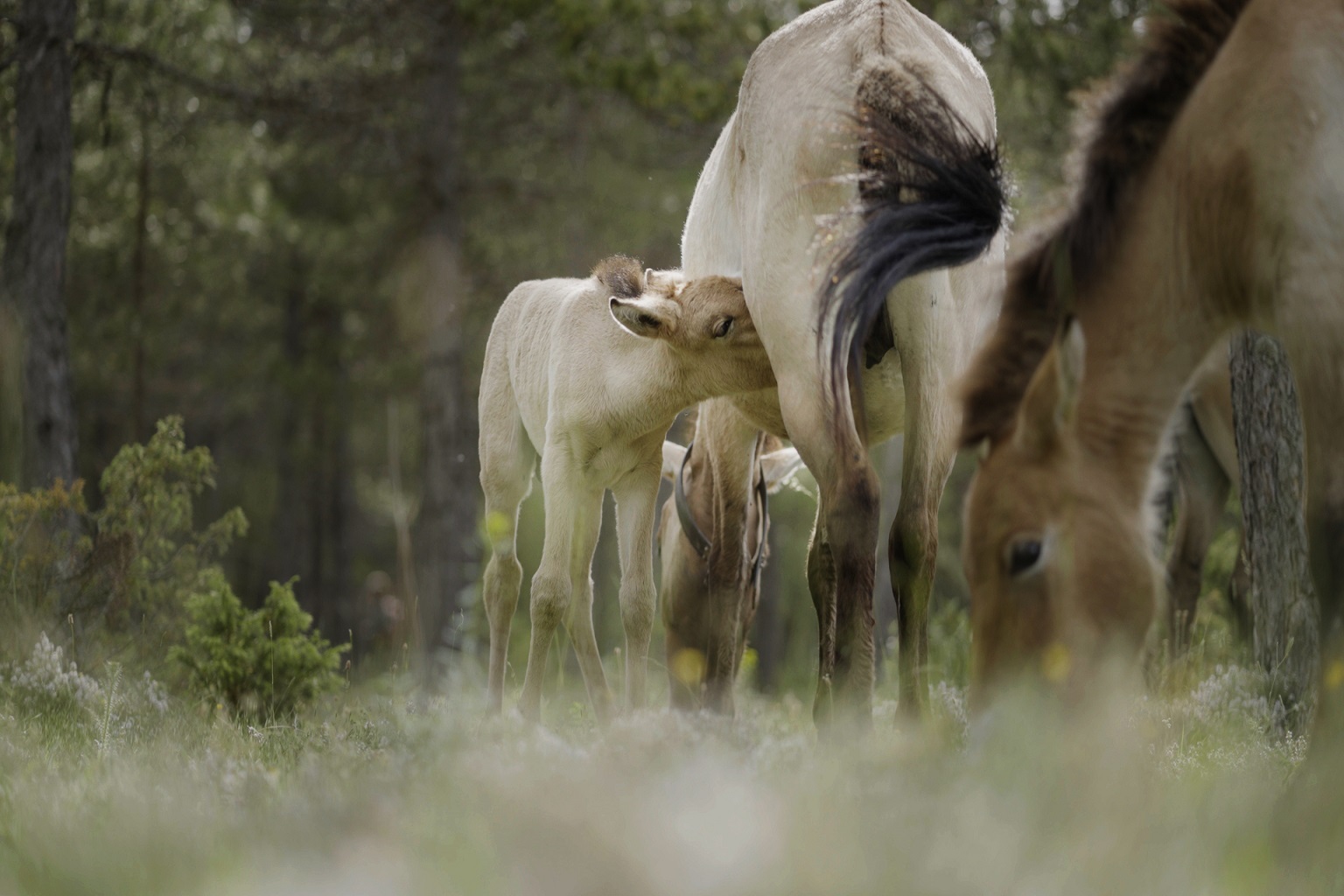 Przewalski’s foal nursing. Since the beginning of the project, four foals have been born. Image by Juan Maza.
Przewalski’s foal nursing. Since the beginning of the project, four foals have been born. Image by Juan Maza.
Economic opportunity in ‘empty Spain’
Beyond bringing back biodiversity and mitigating fires, rewilding in the region has another goal: bringing economic opportunity to an area known as “empty Spain.” Parts of the region have the population density of Siberia, Rodriguez says, noting that it’s one of the least populated areas in all of Europe.
“For those of us interested in rewilding … it seemed like a good opportunity to start an initiative here, because these depopulated areas somehow align with what rewilding can bring, right? Which is to boost the economy through initiatives that restore lost ecological processes,” Rodriguez says.
That started with Rewilding Spain itself, which has 20 employees, nearly all of them from the local area.
Manuel Villa, the herd manager, is one of them. He was born in the area, but worked in Madrid for 20 years due to the economic opportunities there. Now, the project has brought him home again.
“I’m delighted. Really. I’m relaxed, calm, doing a job … in the nature business,” Villa tells Mongabay.
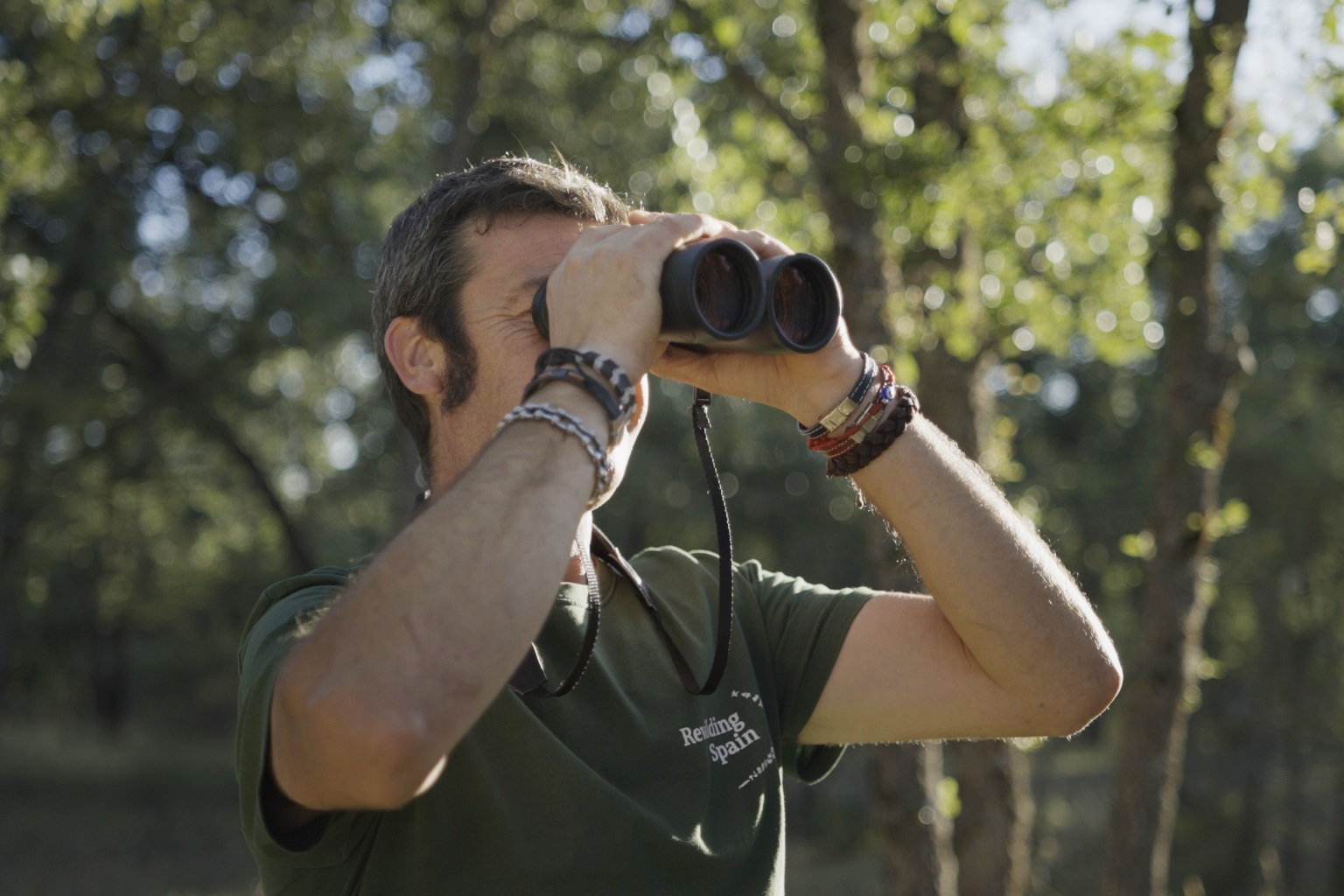
Next for Rewilding Spain was reaching out to local communities and businesses.
“To have the support of local communities, people need to see the benefit of rewilding. They need to see rewilding as an alternative of land use,” Schapira says.
He adds the group now has 13 agreements with local entrepreneurs for ecotourism, including access to the horses — the only population in Spain — and other wildlife. The group is also handing out loans to operators.
“For now, we have given more than 200,000 euros [about $232,000] on small loans,” Schapira says. “One of them, for example, was to buy a safari car so that [the operator] can do a safari trip to see the horses and the taurus.”
He adds the region is only a two-hour drive from Madrid, Spain’s most populous city.
Rewilding Spain is also working to change the narrative about the region, which the media focuses on as “empty” and cold.
“There’s a huge cultural and ecological heritage [here] that people need to be proud of and that people need to know about it,” Schapira says.

Future plans
Rewilding Spain has big plans for the region. It’s currently working on building up the rabbit population, so that one day soon it can bring back the Iberian lynx (Lynx pardinus), which is categorized as vulnerable on the IUCN Red List.
“Rewilding is about restoring lost ecological processes,” Rodriguez says. “That can include animals, plants, floods — such as restoring river flood regimes — it can include prescribed fires, and any other ecological process that occurs naturally in an ecosystem without human intervention.”
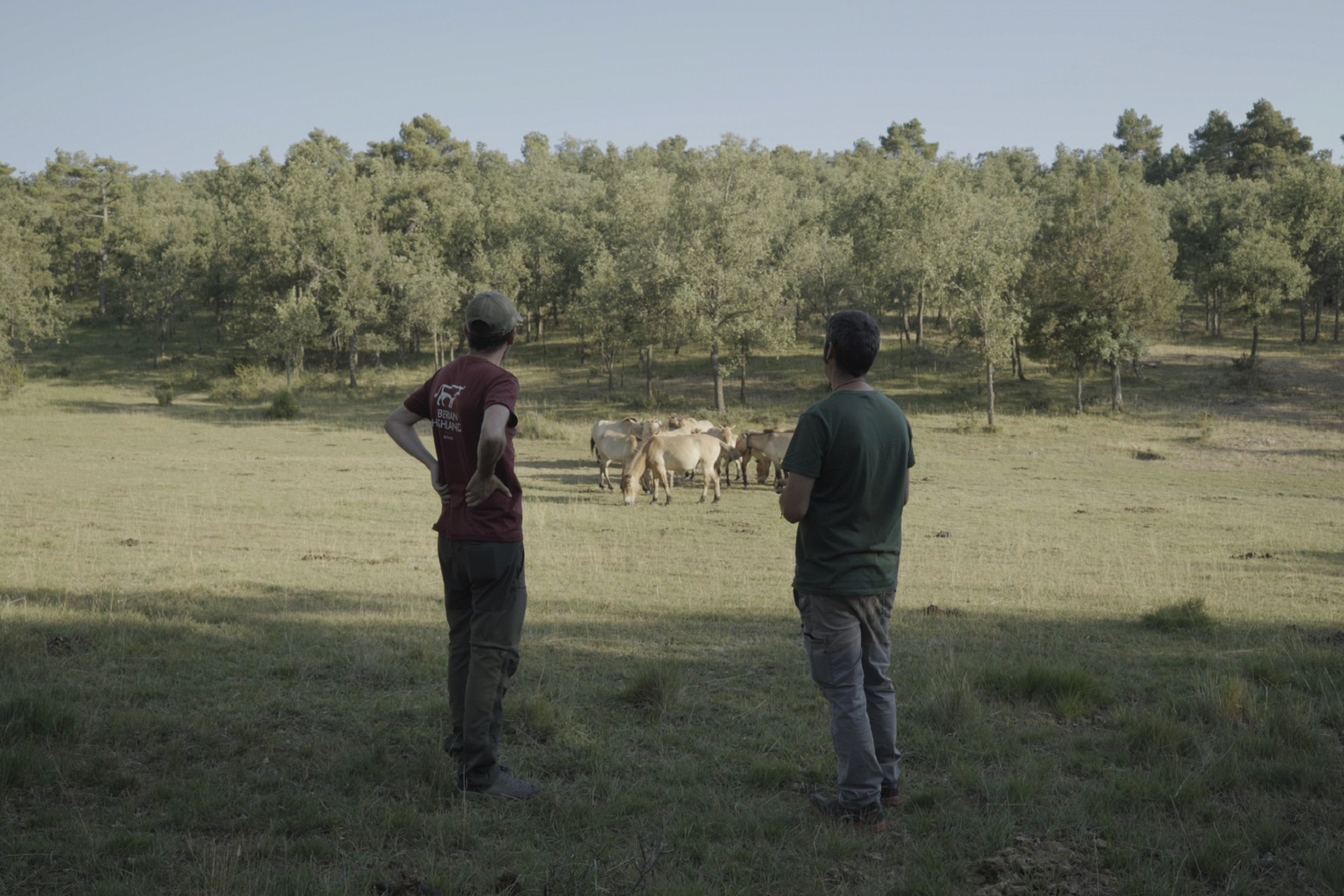
The group is also working on bringing back populations of cinereous vultures (Aegypius monachus) and bearded vultures (Gypaetus barbatus) to help restore scavengers to the ecosystem. Both vultures are listed as near threatened, and their presence here could help bring more birders to the region.
“Our future goal is for [these animals] to become part of the new normal in these ecosystems, so that we no longer have to be working here forever,” Rodriguez says. “Our initiative is long-term; we have funding committed for 20 years, but our goal is that, at some point, this becomes part of the normal landscape and can be maintained solely by the local people.”
In a small way, the ecosystem is already returning to the one illustrated by early humans in the Cueva de los Casares. Once again, wild horses chase each other. Taurus cattle, stand-ins for aurochs, rip up the dirt with their horns. Soon, with luck, lynx will haunt the forests and flocks of vultures will circle. We can’t return to the past, but we can rewild.
Villa says he never gets tired of seeing his herd of Przewalski’s horses.
“They are special,” he says. “For me, every day I go to work is like the first: the same excitement … I always say, ‘God, they are beautiful.’ And that’s it, nothing more, I can’t say more.”
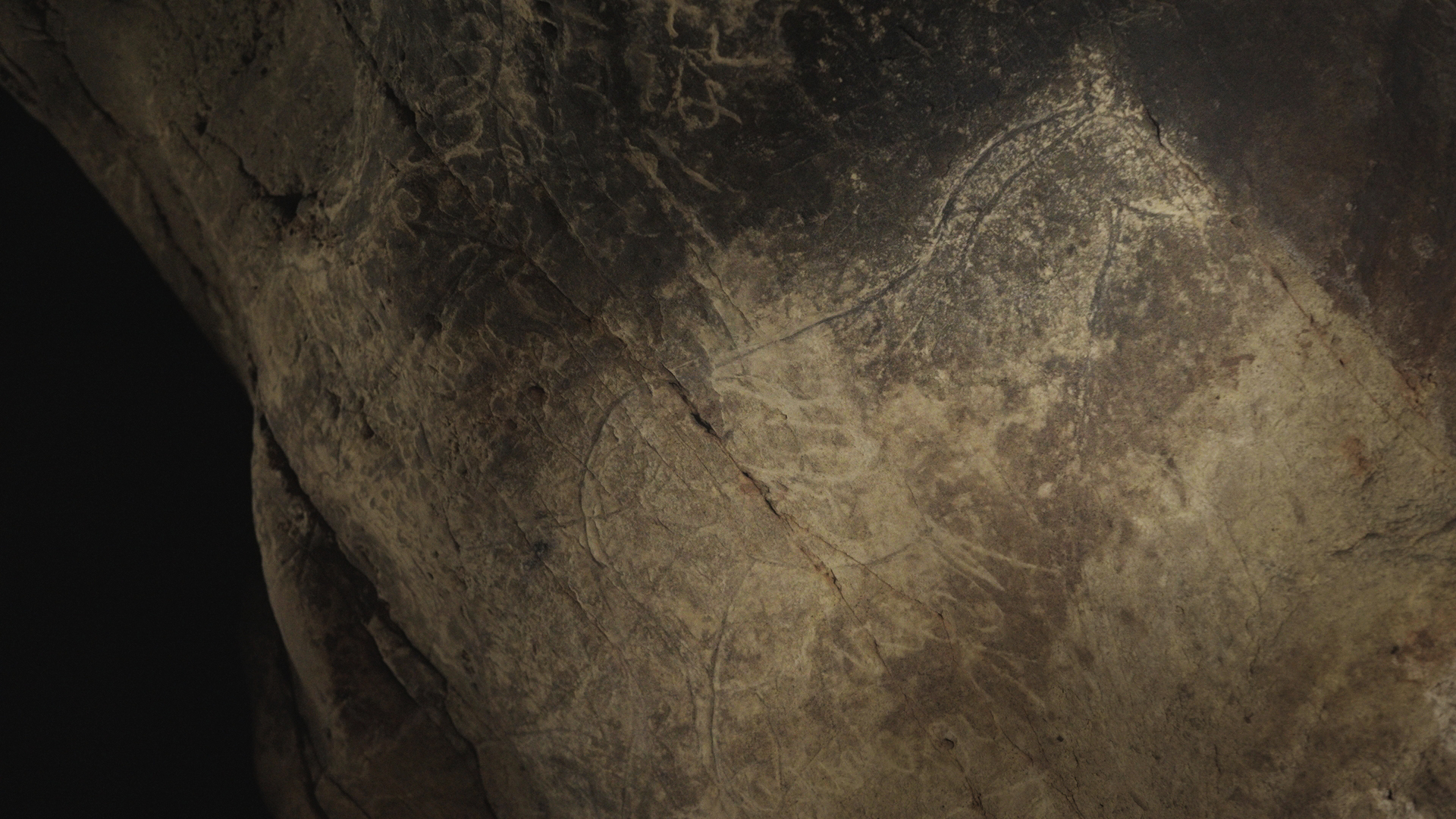
Banner image: Przewalski’s horse in the Rewilding Spain project.



